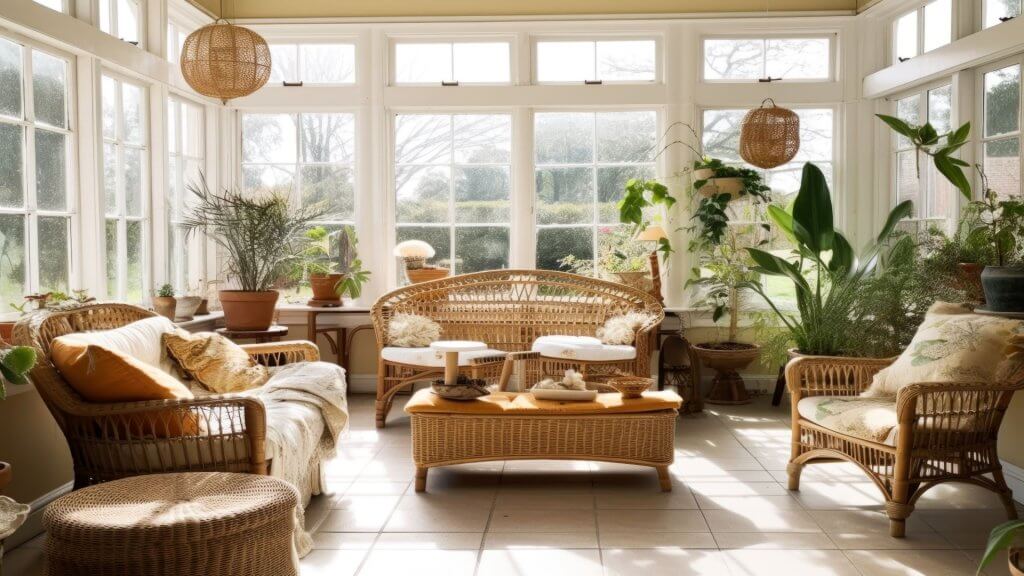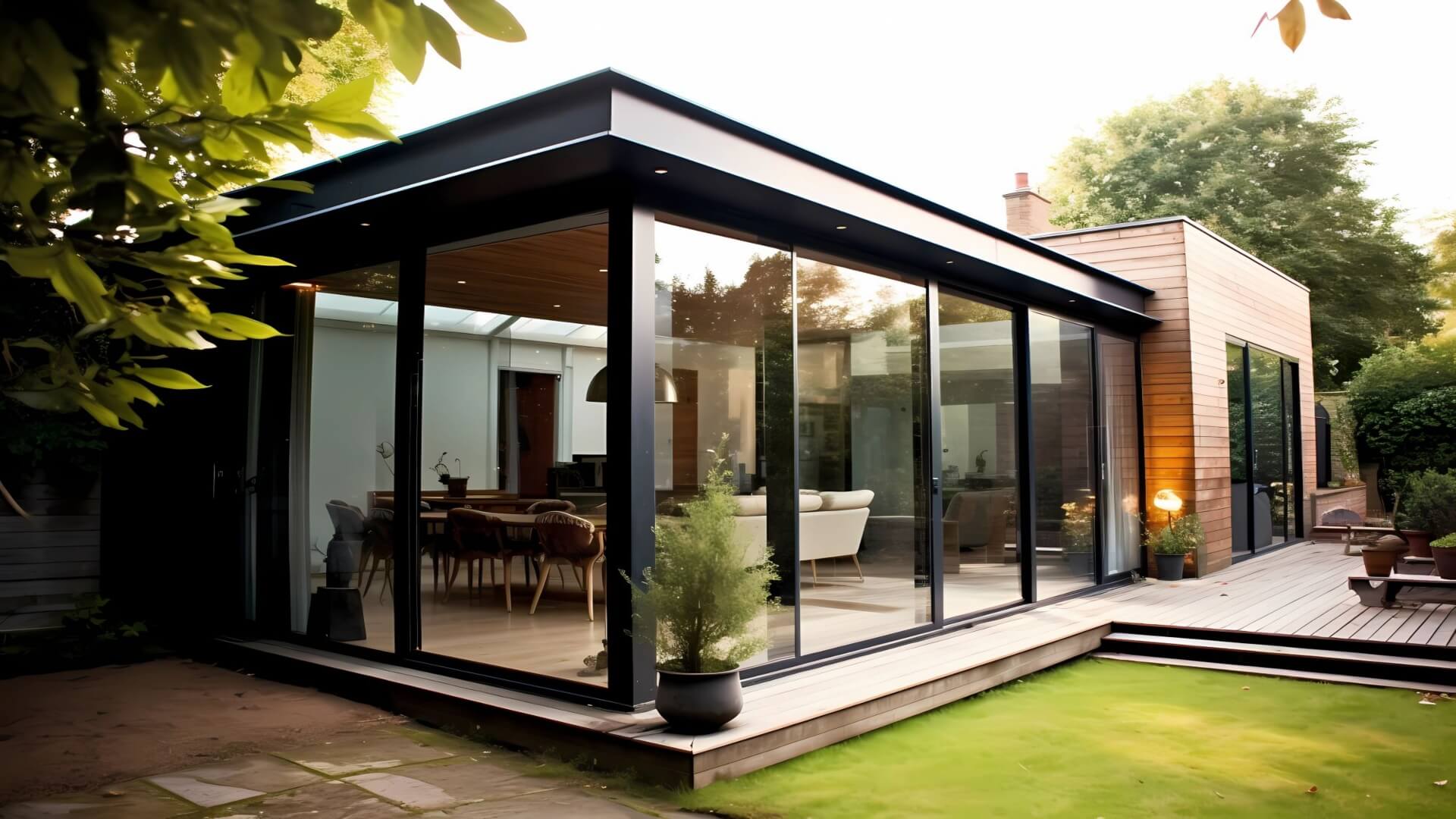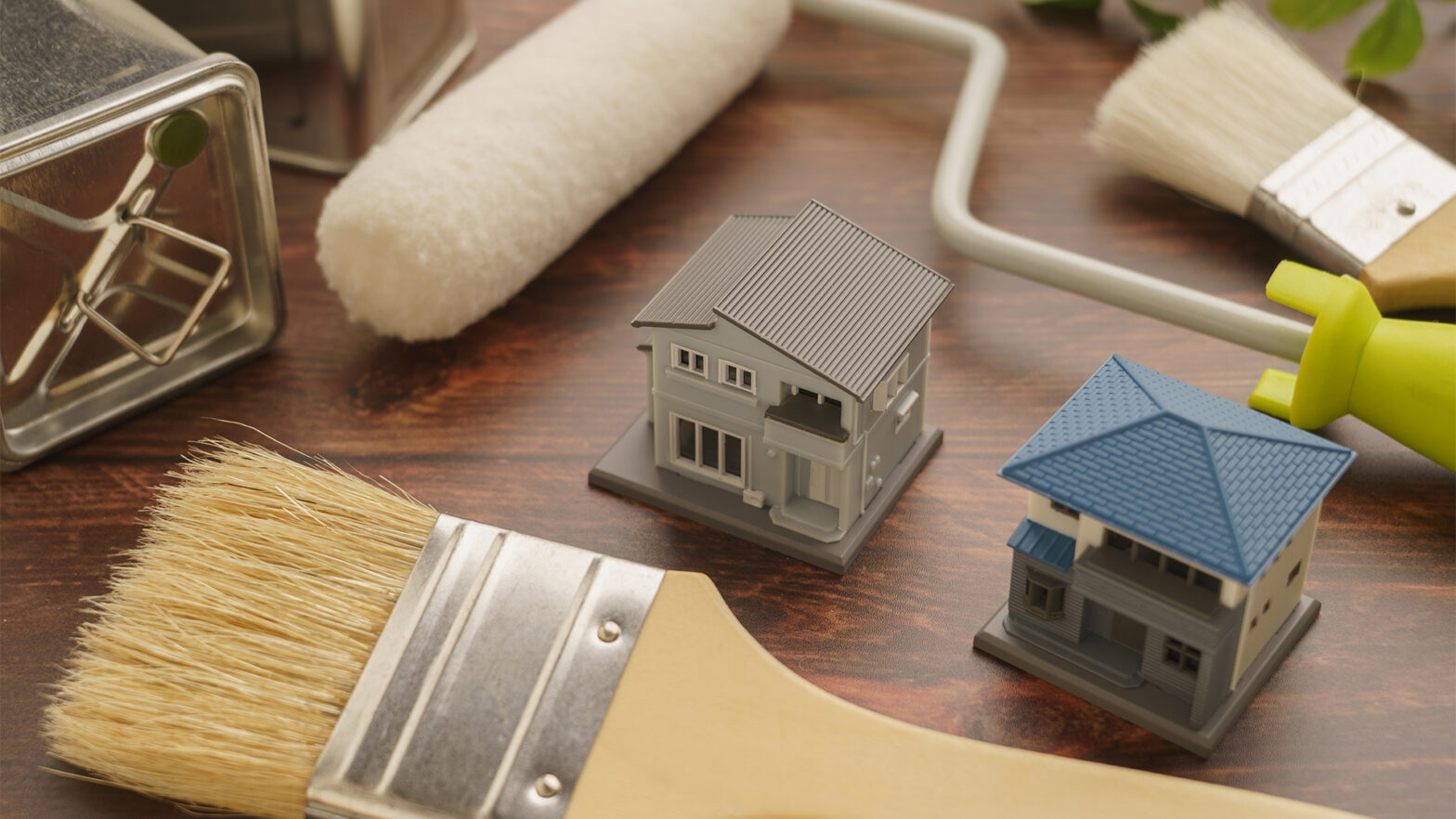Garden rooms have emerged as one of the most desirable additions to modern homes, offering a serene refuge from daily life and a unique way to interact with the natural environment. Amidst the daily urban hustle and bustle, a garden room can function as a tranquil haven, a home office, a studio, or even a space for social gatherings.
While the term ‘garden room’ may conjure up images of simple garden sheds or glass-walled sunrooms, the concept has evolved far beyond these traditional forms. Today’s garden rooms can be as complex or straightforward as you desire, showcasing various architectural styles, materials, and functionalities.
However, creating a garden room isn’t just about design and construction. It’s a journey of envisioning and understanding your space, assessing your needs and desires, and developing a design that balances practicality with personal expression.
From inception to completion, this guide helps you design the perfect garden room that is a testament to your love for nature and design.
Consider Function When Choosing A Structure
Owing to its rising popularity, various custom-built garden rooms built by urbanpods, among other manufacturers, are now readily available, encompassing everything from quaint mobile shepherd huts and garden sheds to sleek glass boxes and fully constructed and insulated rooms. Of course, building from the ground up is also possible. Here, the choice significantly boils down to how you intend to use the garden room and how frequently you think you’ll be spending time in it, realistically.
Consider this: if your usage is limited to the summer months, a high-end, custom-built, fully insulated structure may not be necessary. Alternatively, if you envision the garden room as a year-round extension of your living space, a fully enclosed structure, complete with a sturdy roof and other amenities, might be your best bet.
Always keep functionality at the forefront of your considerations. This ensures your chosen design and structure align with your garden room expectations. Doing so will create a space that lives up to its full potential: a tranquil, practical extension of your home, offering an intimate retreat into nature’s embrace.
Choose The Right Size
Choosing the right size for your garden room is a crucial step in the design process and one that should be guided by a blend of practical considerations and aesthetic sensibilities. To begin, align this in relation to function. Will it be a cozy reading nook, a spacious home office, an art studio, or a place for social gatherings? The intended use will significantly influence the size requirements.
Start by sketching a rough layout of the furniture and equipment you’ll need in the space. Leave ample room for movement, ensuring the area doesn’t feel cramped or congested.
Another crucial consideration is garden size. The garden room should be in proportion to your outdoor space, maintaining a balance that neither overwhelms the garden nor seems lost within it.
While adhering to these guidelines, also keep local planning regulations in mind. Most locations have specific rules regarding the size and placement of garden buildings, so ensure that your design complies with these.
Mind The Garden’s Orientation
Properly considering the garden’s orientation helps maximize natural light, enhance views, and manage the room’s thermal comfort.
Natural light is a significant factor, and its availability changes throughout the day depending on your garden’s orientation. Views are another crucial aspect to consider. The placement and orientation of the garden room should ideally enhance and frame the best views of your garden and beyond. If possible, aim to create a direct visual link between your garden room and the most attractive parts of your outdoor space. This connection will extend the sense of space and generate a seamless indoor-outdoor transition.
Lastly, be mindful of the climatic conditions. The garden room’s orientation can significantly influence its thermal comfort. Properly orienting the room can help in harnessing the sun’s heat during colder months and avoiding overheating during the hotter ones.
These factors guide you in determining the ideal orientation for your garden room, ensuring it becomes a space that is aesthetically pleasing, comfortable, and inviting all year round.
Final Thoughts
The perfect garden room is more than just an aesthetic addition to your garden; it’s a sanctuary, a place of serenity, creativity, and personal expression. In every decision – from the initial layout planning to the choice of furnishings, from the plant selection to the finishing touches – your garden room should be an embodiment of you. It’s a space for retreat, relaxation, creativity, or entertainment. As you undertake this journey, bear in mind that perfection doesn’t mean flawless execution but rather creating a garden room that brings joy, peace, and a sense of fulfillment each time you step into it. Your garden room should be a functional and useful extension of your home, so it’s a space your family will enjoy using every so often.

































